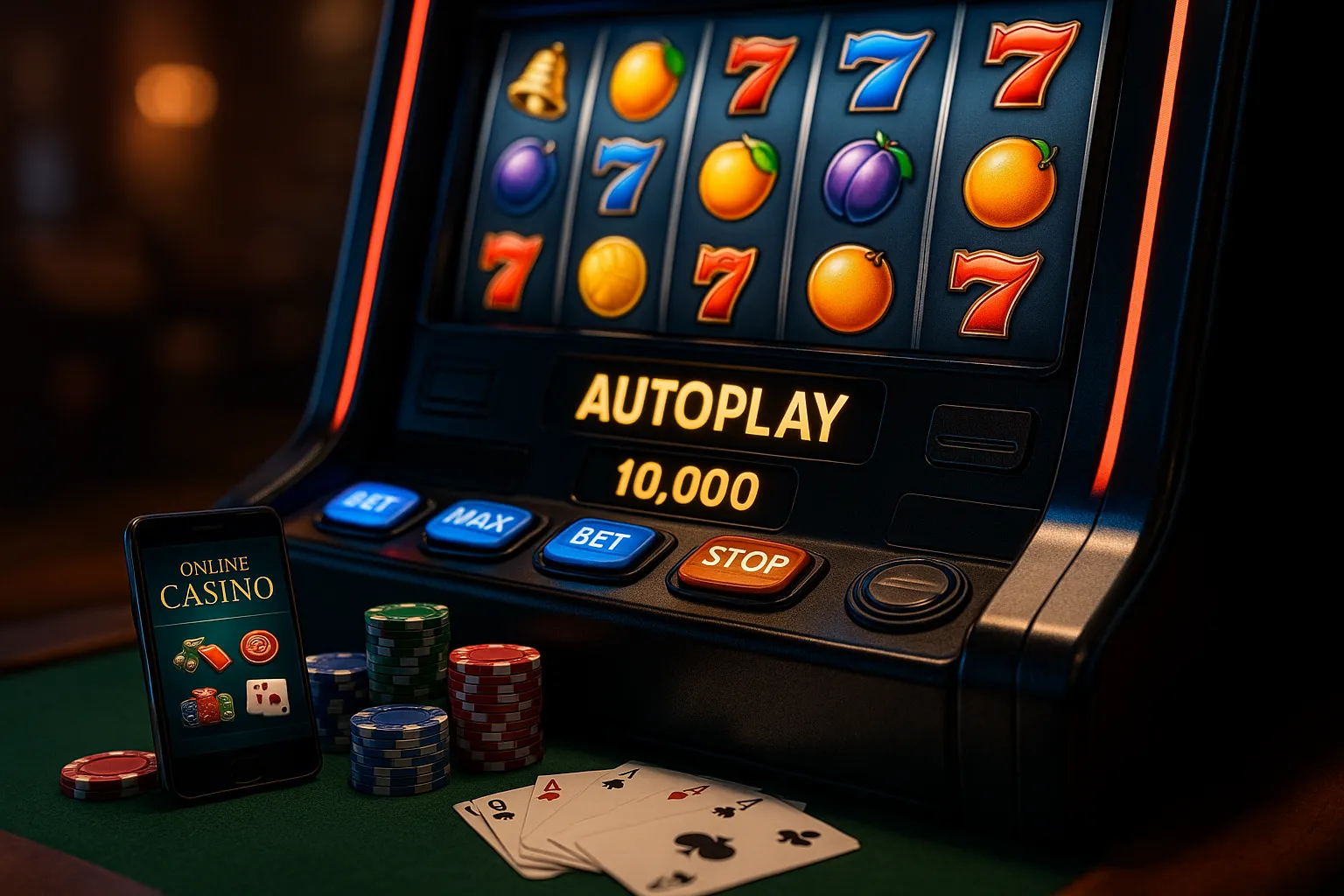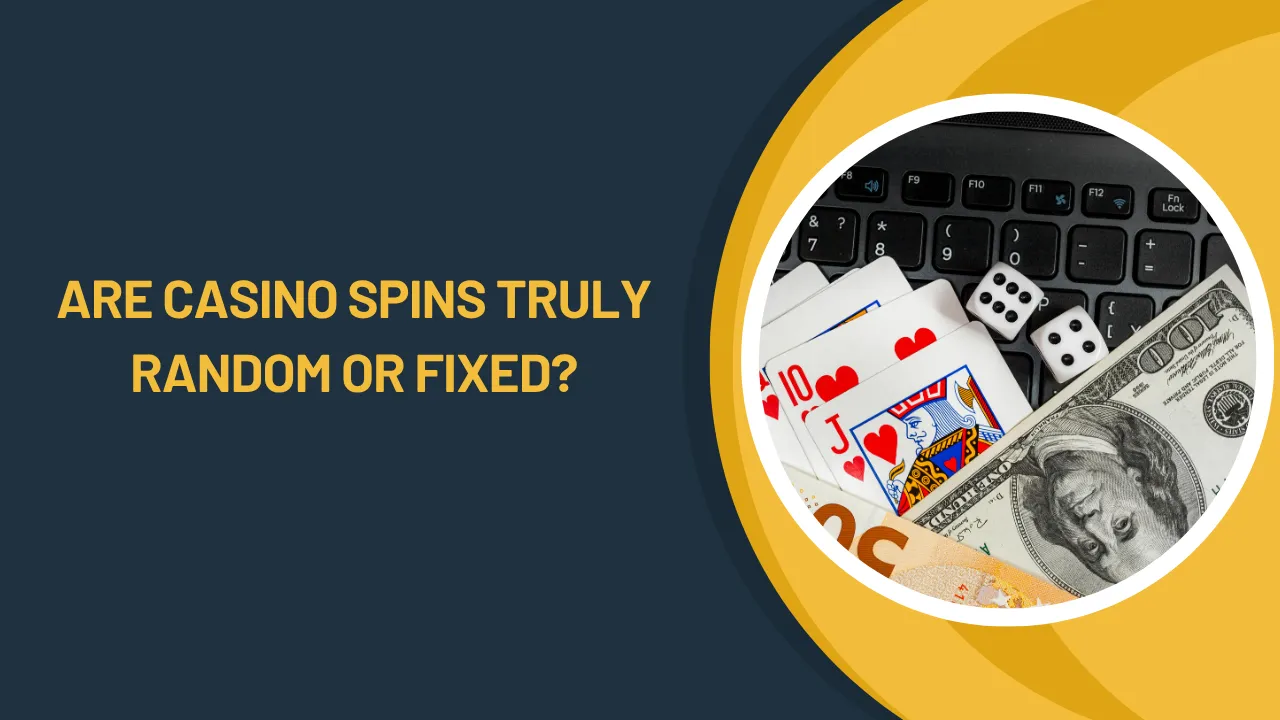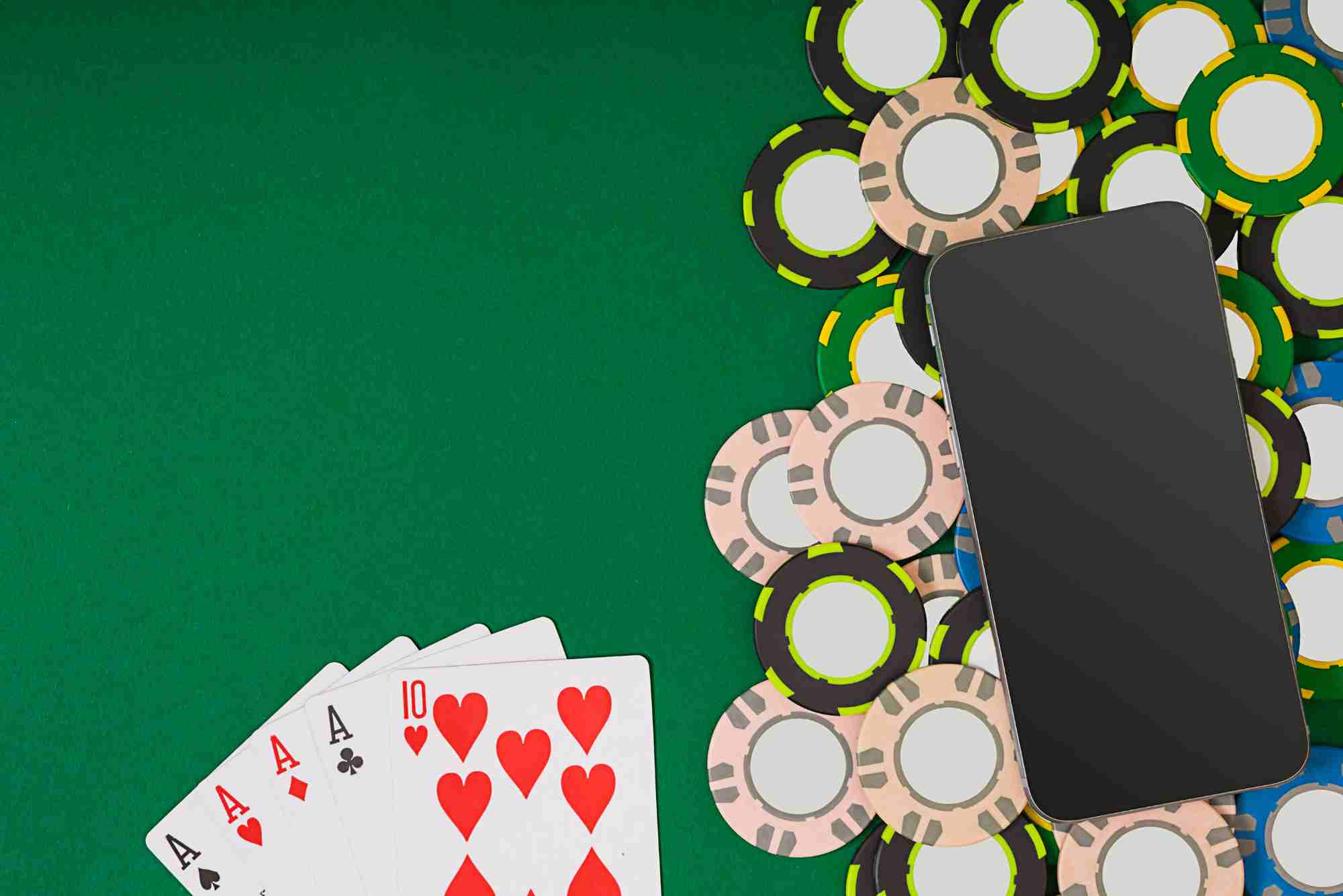Autoplay is one of those features you don’t think about—until you realise half your bankroll vanished while you were refilling your coffee. I’ve used it in countless sessions, sometimes to grind through wagering requirements, sometimes just to give my clicking finger a break. The truth is, autoplay can be either a slick productivity hack or a silent bankroll shredder, depending on how you use it and where you’re playing.
What Autoplay Actually Does
On the surface, autoplay is simple: you pre-set a number of spins, maybe add stop conditions for wins or losses, and let the reels whirl without constant input. Developers designed it for convenience and pacing. If you’re testing volatility, tracking bonus frequency, or just multitasking, it’s a genuine time-saver. The catch is that convenience dulls friction. Each manual click is a micro “are you sure?” prompt. Remove that, and you remove a natural speed bump that protects your balance.
Why Autoplay Feels Safer—And When It Isn’t
There’s a comforting illusion that rules-based play is safer. “I’ll stop if I lose £50 or hit a 200× win” sounds disciplined—until a bonus round nudges you to keep going, or a near-miss convinces you to tweak the limits. In spaces outside strict UK oversight—particularly non GamStop casinos—autoplay often comes with fewer restrictions, which is great for freedom but risky if you’re prone to chasing. Without mandatory cool-off prompts or enforced spin caps, it’s on you to honour your own limits. Freedom is fantastic; accountability is non-negotiable.
The Speed Problem You Don’t Feel Until It’s Too Late
Manual play has a rhythm. You watch the animations, absorb the near-misses, take a breath. Autoplay bulldozes that pacing. Modern slots can crank through 600+ spins an hour on fast mode. Even at small stakes, that velocity magnifies variance and can fast-forward you to tilt territory before your rational brain catches up. I’ve finished an “autoplay block” only to realise I barely registered what happened in the last 100 spins—a sure sign I wasn’t actually enjoying the experience, just feeding the algorithm.
Regulatory Whiplash and Why It Matters
The UKGC forced many operators to disable or limit autoplay, arguing it encouraged impulsive losses. Outside that environment, policies vary wildly. Some sites let you script granular conditions; others just offer a raw spin count with no safety net. Knowing the ruleset of the platform you’re on is part of responsible play. If a casino won’t let you set sensible stop-loss or session timers, treat that as a red flag, not a perk.
Bankroll Management: Autoplay’s Make-or-Break Factor
I treat autoplay sessions like a separate project. I set a hard bankroll slice and a session time block before I even open the game. When the timer or the money is gone, that’s it. No “just five more spins.” If I’m clearing a bonus, I calculate the expected spin cost and volatility first, then let autoplay handle the grunt work while I actually pay attention to the numbers. If I’m playing for pure entertainment, I downshift stakes and cap spins so the ride lasts.
The Myth of “Hands-Free = Emotion-Free”
People assume taking their hands off the spin button takes emotion out of the equation. It doesn’t. You still feel the pang when a feature teases and fails, and you still feel the rush when a big hit lands. The problem is, autoplay compresses those emotional spikes into tighter time windows. That can push you into decision fatigue faster. When the reel-stop sound becomes background noise, your judgment follows it.
When Autoplay Can Actually Help
Autoplay shines when you’re executing a plan. Grinding through low-stake spins to unlock a bonus? Autoplay is efficient. Testing how often a slot’s bonus triggers over 500 spins for your own data? Autoplay is invaluable. Using it to enforce discipline—like pre-programmed stop conditions that literally halt the session—can be smarter than relying on impulse control. The key is deciding the rules before the session starts and not editing them mid-flight.
Real-World Example: Bonus Wagering Grind
I once had to chew through £4,000 in slot turnover with a 10% cash-back cushion. Manually spinning would’ve taken hours of mind-numbing clicking. Instead, I used autoplay with rigid stop-loss and stop-win settings and tracked the RTP drift over 1,000 spins. It wasn’t thrilling, but it was efficient. The cash-back mitigated variance, and the data taught me more about the slot’s mood swings than any anecdotal forum post.
The Offshore Angle: Tools vs. Temptations
Outside GamStop territory, casinos often keep autoplay fully functional, even offering turbo modes. That’s handy, but remember that some offshore sites also have weaker reality checks, higher max-bet allowances, and slower withdrawal pipelines. Pair fast spins with slow payouts and you’ve got a recipe for frustration. Test withdrawals early, read the fine print on maximum cash-out per week, and keep screenshots of your balances and session history. Autoplay without transparency is a gamble twice over.
Emotional Bankroll: The Invisible Limit
Your emotional bankroll—the amount of stress or disappointment you can absorb before making bad choices—doesn’t refill as fast as your financial one. Autoplay can burn through it stealthily because you’re not engaging with each decision. The moment you feel numbness, boredom, or irritation creeping in, stop. A session that isn’t fun is already negative EV from a life-quality perspective.
Small Tweaks That Make Autoplay Smarter
I reduce stake size when using autoplay, even if just by a few pence per spin. I also shorten the batch length: 25–50 spins instead of 100–250. After each batch, I assess how I feel and whether the bankroll still matches the plan. If I’m clearing a wagering requirement, I’ll spreadsheet the remaining WR, average bet size, and estimated spins needed, so I’m not blindly overshooting.
The Data You Should Actually Watch
Don’t just watch the balance. Track session length, average bet size, bonus frequency, and effective RTP over long runs. If a slot is consistently draining faster than expected, move on. Autoplay makes it easy to be lazy with data, but the whole point of machines doing the work is to free your brain to think strategically, not to zone out.
Autoplay vs. “Manual Fun”
Sometimes I ditch autoplay because the tactile rhythm of clicking is part of the enjoyment. You feel each spin, celebrate the small wins, and naturally pause after a loss cluster. Autoplay is a tool, not a default. If it steals the fun, don’t use it. If it supports your goals, wield it with intention.
Final Verdict: Dangerous or Time-Saver?
Autoplay is neither inherently dangerous nor automatically a time-saver—it’s a scalpel. In steady hands, it’s precise and efficient. In impulsive hands, it cuts deep before you notice you’re bleeding. Decide your rules before the reels move, respect your emotional and financial limits, and remember that convenience should serve your strategy, not replace it.








